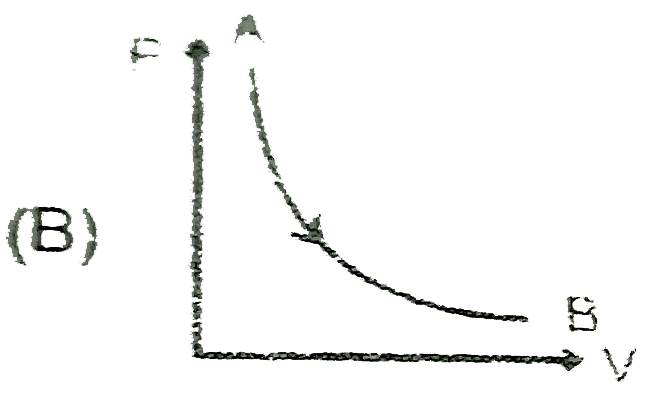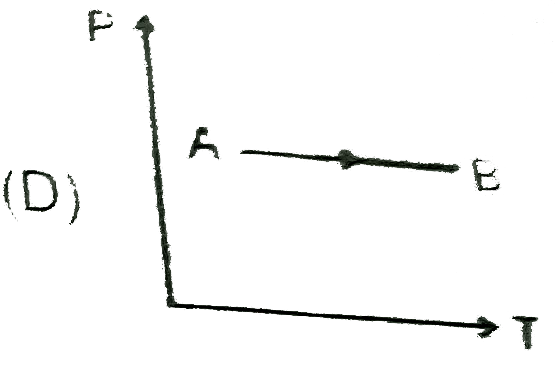Text Solution
AI Generated Solution
The correct Answer is:
|
Topper's Solved these Questions
THERMODYNAMICS
RESONANCE|Exercise Exercise -2 Part-I: Only one option correct type|23 VideosView PlaylistTHERMODYNAMICS
RESONANCE|Exercise Exercise-2 II: Single and double value integer type|16 VideosView PlaylistTHERMODYNAMICS
RESONANCE|Exercise H-1|1 VideosView PlaylistTEST SERIES
RESONANCE|Exercise CHEMISTRY|50 VideosView Playlist
Similar Questions
Explore conceptually related problems
Knowledge Check
Similar Questions
Explore conceptually related problems
RESONANCE-THERMODYNAMICS-Exercise -1 Part -II Only option correct type
- In thermodynamics, a process is called reversible when-
00:53
|
Play - Five moles of gas is put through a series of changes as shown graphica...
01:17
|
Play - The process Delta U=0, for an ideal gas can be best represented in the...
01:10
|
Playing Now - Figure shows graphs of pressure vs density for an ideal gas at two tem...
01:48
|
Play - A cyclic process ABCD is shown in the p-V diagram. Which of the follow...
03:27
|
Play - The P-T graph, as given below, was observed for a process on an ideal ...
02:11
|
Play - In a laboratory, liquid in a thermally insulated container is stirred ...
01:11
|
Play - Two method of an ideal gas expand spontaneously in vacuum. The work do...
00:46
|
Play - Temeprature of 1 mole of a gas is increased by 2^(@) at constant press...
01:02
|
Play - Mechanical work is specially important in system that contain
00:38
|
Play - A thermodynamic system goes from states (i) P(1),V to 2P(1),V (ii) P,V...
01:06
|
Play - The work done in ergs for the reversible expansion of one mole of an i...
03:03
|
Play - An ideal gas is taken around the cycle ABCA as shown in P-V diagram. T...
01:19
|
Play - An ideal gas change from state a to state b as shown in Fig. what is t...
02:51
|
Play - In given figure, let Delta W and Delta W(2) be the work done by the ga...
02:19
|
Play - Freezing up liquid in a system then:
00:38
|
Play - A piece of zinc at a temperature of 20^(@)C weighing 65.38 g is droppe...
01:45
|
Play - Which has maximum internal energy at 290K ?
01:40
|
Play - Let Delta U(1) and Delta U(2) be the changes in internal energy of an ...
01:39
|
Play - The process Delta U=0, for an ideal gas can be best represented in the...
02:44
|
Play



